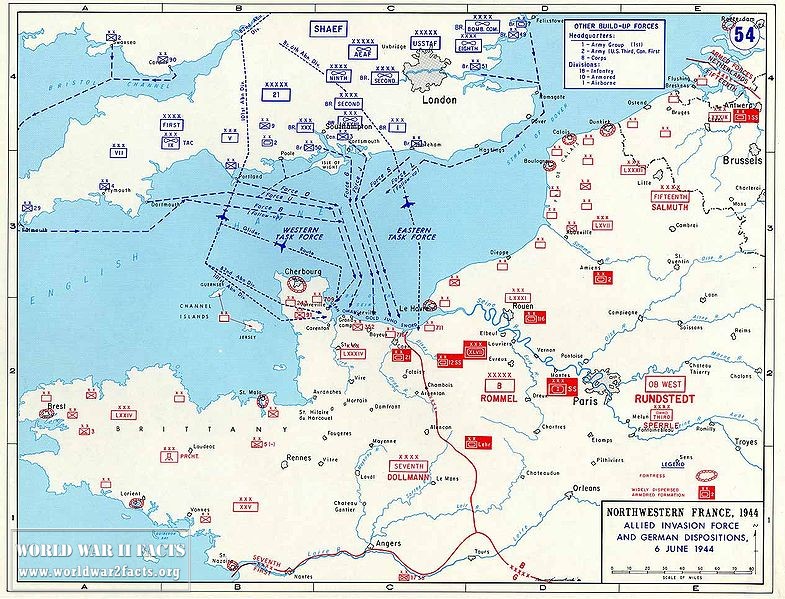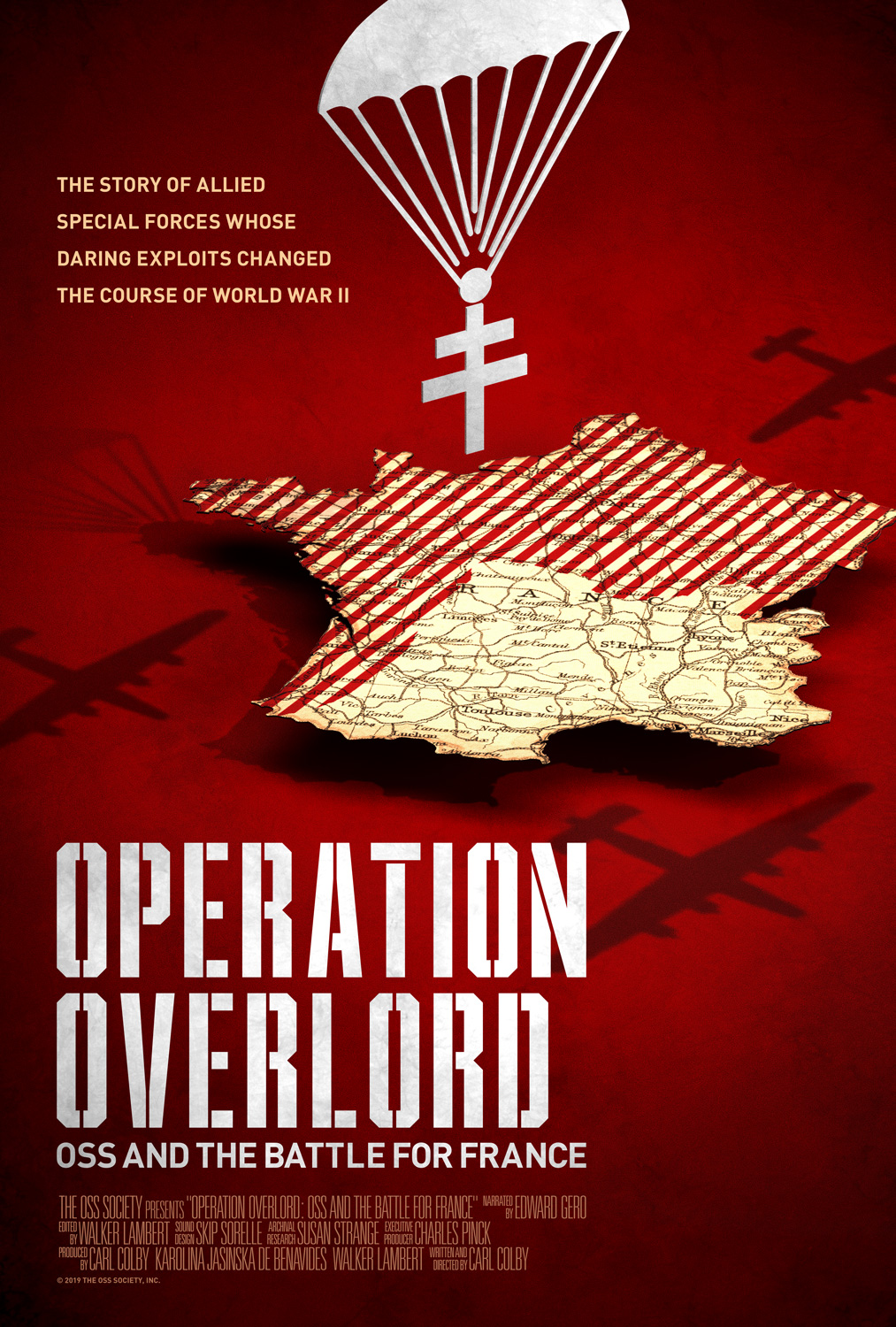

Eisenhower was appointed commander of Supreme Headquarters Allied Expeditionary Force, and General Bernard Montgomery was named commander of the 21st Army Group, which comprised all the land forces involved in the invasion. Source: National Archives USA, public domain.The decision to undertake a cross-channel invasion in 1944 was taken at the Trident Conference in Washington in May 1943. The 6 June 1944 will remain an unforgettable date in the history of the liberation of France and Europe.Īllied vehicles and ships the day after the landing. Significant numbers of men were lost, over 10,000 killed, injured or missing, but less than estimated. Certain German positions resisted and there was a huge effort to make to reinforce the front. In the different sectors, not all the designated objectives were accomplished and the situation was precarious in Omaha. Source: Canadian National Archives.Īt the end of D-Day, the allied forces had landed over 135,000 men and formed beachheads of varying depths along the Norman coast. The Canadian infantry lands on Juno Beach and marches to Bernières-sur-Mer on 6 June 1944. Join forces with the 6th Airborne Division. JUNO: Form a deep beachhead including the hills in Caen and Carpiquet. Join up with the Canadian 3rd Division in the east and the American troops in the West.

GOLD: Reach the N13 highway and take Bayeux. Source: National Archives USA, public domain. OMAHA: Reach the Isigny-Trévières-Vaucelles line. Join up with the 82nd and 101st Airborne Divisions. UTAH: Create a beachhead between Quineville and Sainte-Marie-du Mont. 08:00 am: H-hour for the Canadians (Juno) Successive surges of assault, mine-clearing, artillery and other units. 07:30 am: H-Hour for the British (Gold and Sword) 07:10 am: Attack by the 2nd Ranger Battalion at Pointe du Hoc. 06:30 am: H-Hour for the Americans (Utan and Omaha) 06:00 am: Heavy and medium bombers crossing over the fortifications on the Norman coastline (1,333 bombers - 5,316 tonnes of bombs).

Source: US Federal government, public domain. The USS Nevada bombing of German positions near Utah Beach on 6 June. 05:50 am: Start of 'hosepipe' fire targeting the German positions until the arrival of the landing crafts and vessels. 04:30 am: Taking of Sainte-Mère-Eglise by the US 82nd Airborne Division (505th regiment). 03:20 am: Arrival of heavy equipment and reinforcements by glider. 1:00-2:30 am: Successive waves of parachute landings of regiments and brigades made up of American and British divisions. 0:20-0:40 am: Commando operations by the scouts of the 6th airborne division on the bridges, including Pegasus Bridge, over the Orne and Merville gun battery. 0:10 am: Parachute landing of the scouts. Objectives: - ensure a beachhead on the West bank of the Merderet, - Take Sainte-Mère-Eglise, Beuzeville, Pont-l'Abbé, - Neutralise the area between the Orne and the Dives rivers, - Seize the battery in Merville and designated bridges. Intervention of airborne divisions: US 82nd and 101st: 15,500 men, 1,682 planes and 512 gliders. Source: US Federal government, public domain.Īir preparation (0:05 am): Bombing of coastal batteries between Havre and Cherbourg. Model D P-51 Mustangs flown by American fighter squadrons. Five assault forces were formed departing from England in convoys (6,939 ships) taking 130,000 men across the Channel through corridors cleared of mines.Ĭomposition: One assault division per beach and two reinforcing forces by sector (U and O for the Americans, G, J and S for the British and the Canadians). Operation Neptune (commonly known as D-Day) began at 10 pm.


 0 kommentar(er)
0 kommentar(er)
